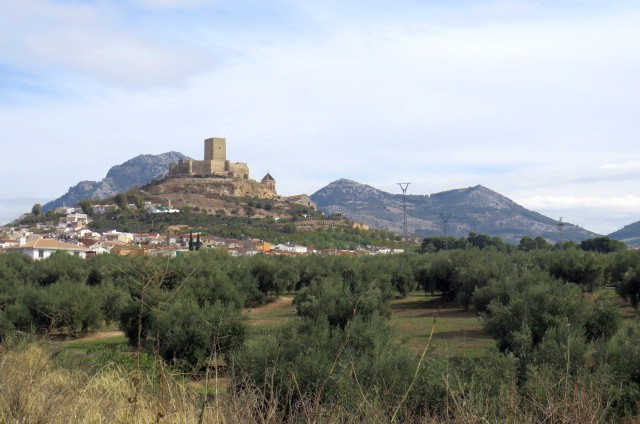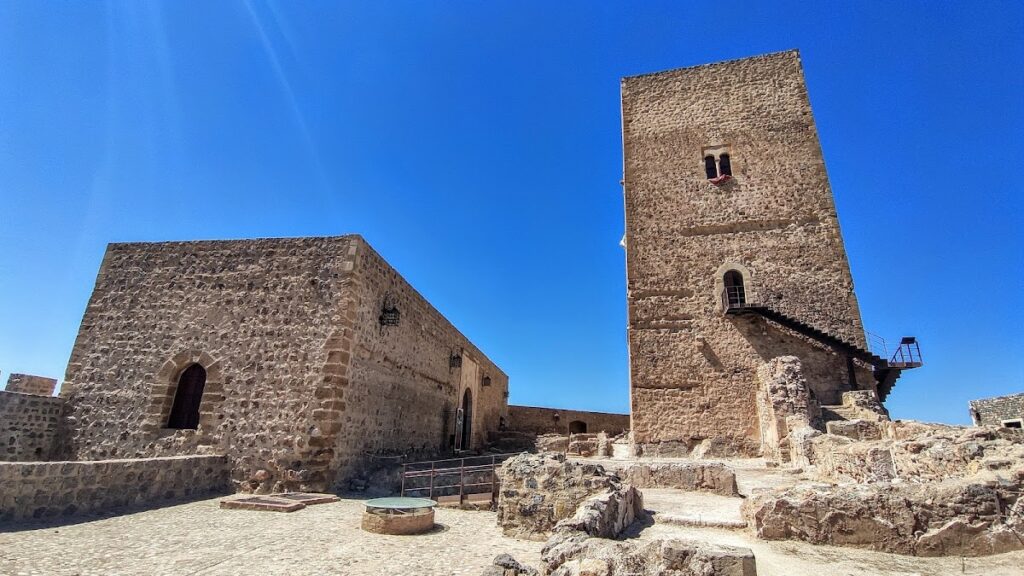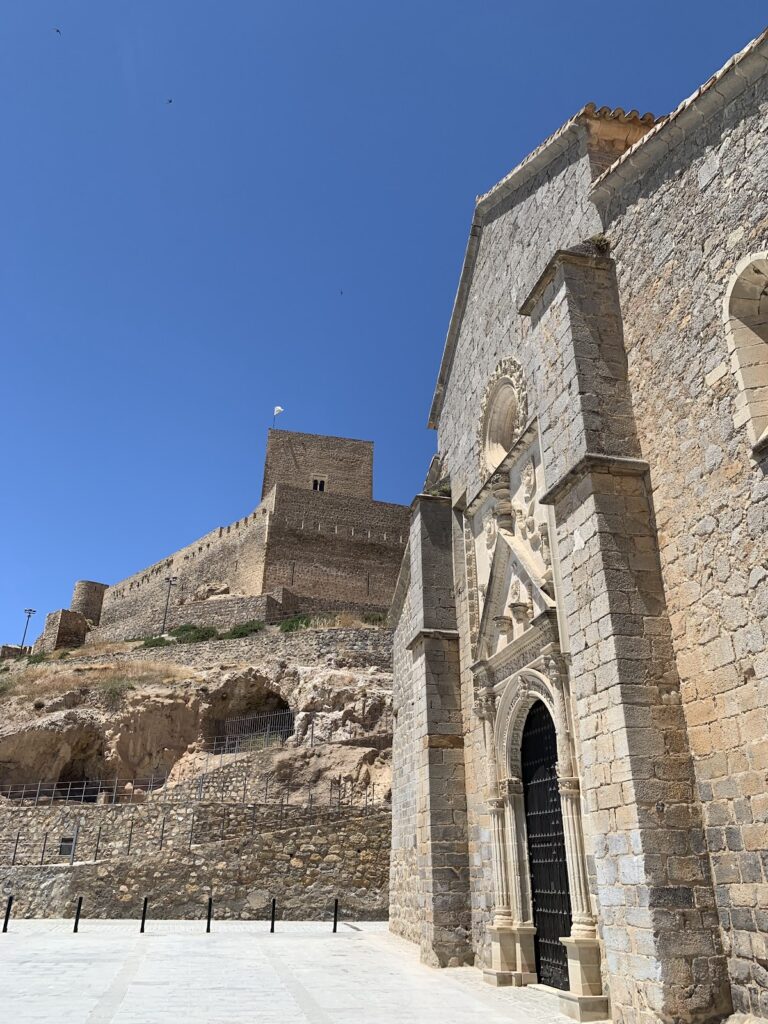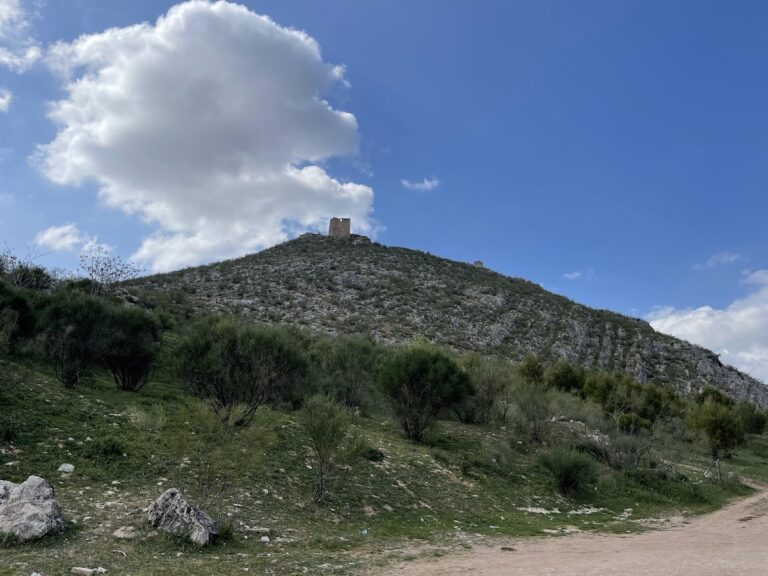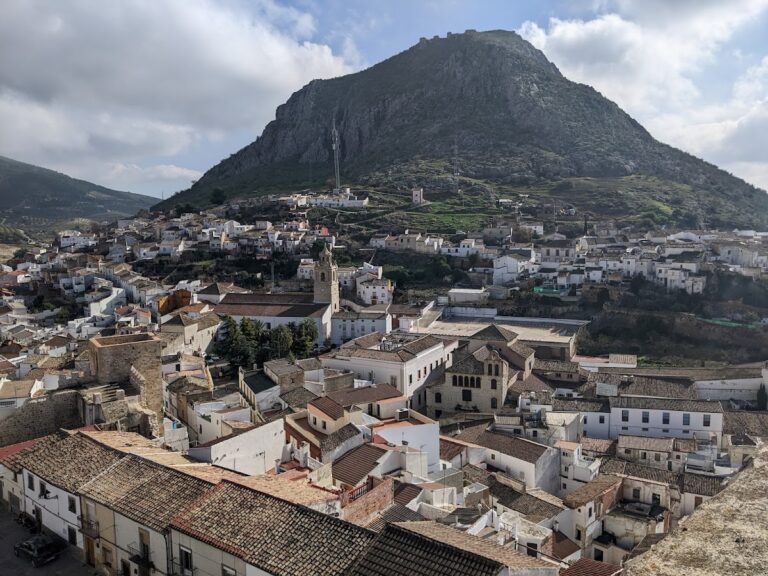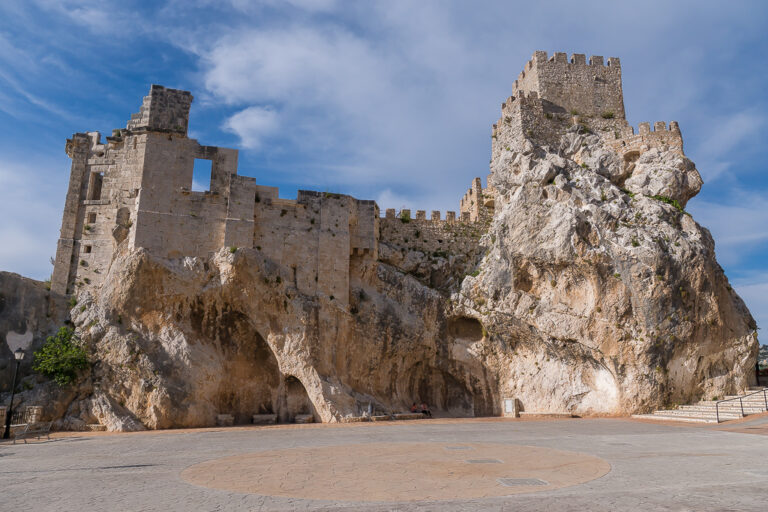Castillo de Alcaudete: A Historic Fortress in Spain
Visitor Information
Google Rating: 4.6
Popularity: Medium
Google Maps: View on Google Maps
Official Website: alcaudeteturismo.com
Country: Spain
Civilization: Unclassified
Remains: Military
History
The Castillo de Alcaudete stands on a hill overlooking the town of Alcaudete in modern Spain. Its origins trace back to the Arab rulers, who built the fortress upon the remains of an earlier Roman fortification. This elevated position offered a strategic vantage point, making it a valuable military asset through successive centuries.
During the late 11th century, the castle came under Christian control for the first time when Alfonso VI captured it in 1085. However, dominion over the site shifted multiple times over the next 150 years, reflecting the turbulent frontier between Christian and Muslim territories. Eventually, in 1240, King Fernando III secured permanent control of the fortress for the Christian Kingdom of Castile.
Following the final conquest, Fernando III entrusted the castle to the Order of Calatrava, a military religious order composed of warrior-monks. This group utilized the fortress as a critical defensive stronghold along the border with the Nasrid Kingdom of Granada. Over the following centuries, the castle saw a series of expansions and architectural enhancements, continuing until well into the 18th century.
In the mid-20th century, efforts were made to preserve and restore the Castillo de Alcaudete as a cultural heritage landmark, recognizing its historical importance and military significance in the border conflicts that shaped medieval Spain.
Remains
The Castillo de Alcaudete is arranged in a complex layout adapted to the rocky hilltop, composed of three primary sections: the main castle, a fortified outer enclosure called a barbican, and a lower surrounding enclosure. Its polygonal design responds to the natural contours of the landscape, enhancing its defensive capabilities while integrating with the terrain.
Dominating the fortress is the Torre de Homenaje, or Keep, a rectangular tower notable for its truncated conical shape. Measuring nearly 13 meters in width and 15 meters in length, and rising to 20 meters high, it stands on a terrace secured by steep rocky slopes. Its thick walls, reaching up to three meters, provide both isolation and strong defensive autonomy. Positioned at the highest point, this tower served as the last refuge in case of attack.
The castle’s principal northern entrance is flanked by two defensive towers, reinforcing access control. Inside, the Sala Capitular or Chapter Hall occupies a rectangular chamber accessed from the upper terrace by a large doorway. This room is covered by a wooden ceiling known as an artesonado, crafted both decoratively and functionally to collect rainwater, which was directed down to the castle’s main cistern for storage. The hall connects to the southern wall’s adarve, an elevated walkway along the battlements allowing defenders to patrol and monitor the perimeter.
The castle’s walls are constructed in three distinct levels. The sturdy lower level provides a strong foundation, while the middle level is accessible through small entrances topped with lowered semicircular arches. Behind these, vaulted rooms equipped with arrow slits offered spaces for defense, as well as lighting and air circulation. The uppermost terrace features parapets with merlons (upright sections) and crenellations (notched battlements), designed to shelter defenders actively engaging attackers. These features reflect adaptations for advanced military tactics during the fortress’s long period of use.
Today, the Castillo de Alcaudete is well maintained, its structures carefully restored and adapted to house exhibits that highlight its military architecture and historic role on the medieval frontier.

